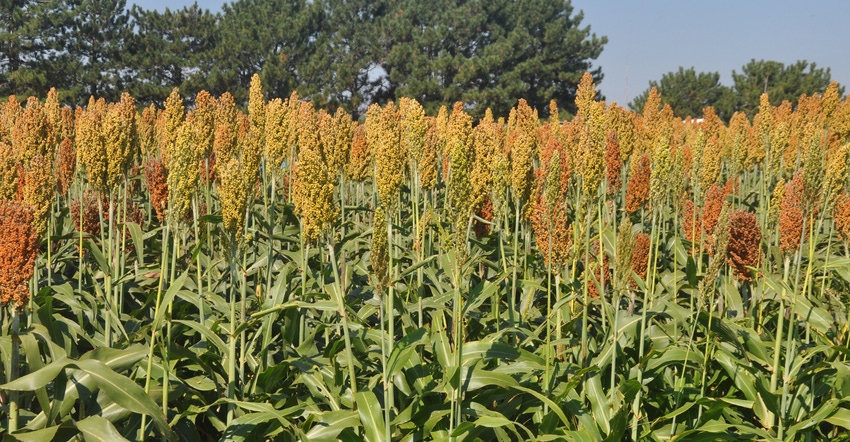May 2, 2017

By Chris Cogburn
Farm bills are like the Olympics for those of us whose lives revolve around agricultural policy. We spend three years getting ready. When we get there, we see old faces and new faces (some newer than others!). We compete incredibly hard, and when it’s over, we have lifetime bonds with dozens of others who competed alongside us.
There is one difference, however. Farm bills don’t always happen every four years. I still remember the first hearing for the bill that ultimately became the Agricultural Act of 2014. It took place 10 minutes from National Sorghum Producers’ headquarters in Lubbock in early 2010. Not only was the 2014 bill signed into law more than four years after the 2008 bill became law, but also it took more than four years just to complete.
Hopefully, the next farm bill won’t take that long as farm program payments are at 25-year lows, and many producers are already in dire need of support. I’m maintaining a positive outlook, but I don’t want to understate the challenges the next bill faces, either. To be sure, the budget will be a major constraint for the agriculture committees going forward.
It’s fitting the farm bill’s architects will have to tighten their belts given their constituent producers began cutting costs a couple of years ago. However, due to the current political environment, this budget crunch is a significant hurdle to securing meaningful and timely producer assistance.
What caused the crunch? The corn market is partially to blame. The Agriculture Risk Coverage program is based on a five-year rolling price benchmark. When the corn market is strong, ARC provides solid support that complements multiple peril crop insurance. Prolonged periods of low prices, conversely, lower the benchmark and erode ARC’s protection in all but the most significant cases of yield loss.
Because of the cost-cutting fervor permeating Congress over the past several years, any new bills must not raise spending. To do this, the next farm bill’s authors must keep spending in line with current Congressional Budget Office baseline projections for the current farm bill. Given the current price outlook, CBO’s projections for ARC payments are very low. In fact, corn ARC payments are projected to fall from $4.1 billion in 2017 to $118 million in 2022.
Fortunately, CBO assumes corn producers enrolled in ARC would switch to Price Loss Coverage after a hypothetical extension of the farm bill, so this adds $1.5 billion in available funding back in 2022. This is positive, but it won’t be enough to help a struggling farm economy.
While finding an easy solution is unlikely, there has been no shortage of ideas. One consensus proposal involves using Risk Management Agency data to calculate ARC payments. While this would undoubtedly make the program fairer, RMA data aren’t infallible. Furthermore, the problems with substantially different payments across county lines would still exist, and this fix wouldn’t solve the budget problem.
Another idea involves changing the ARC calculation methodology. While this would mean more assistance, it wouldn’t solve the county line problems, and it would necessitate significant new spending. Moving every crop to PLC would mean the same. Retroactively assuming 100% participation in PLC, total corn payments would be $3.3 billion in October 2017. A cheap fix may not exist.
Other ideas include moving payment timing up to help producers with cash flow issues, raising loan deficiency payment rates and raising the Conservation Reserve Program cap. These changes aren’t free either, but producers need support sooner rather than later. Please engage in this farm bill process. We can’t afford to wait four years.
Cogburn writes from Abernathy, Texas. Find him on Twitter @nspchris.
You May Also Like




